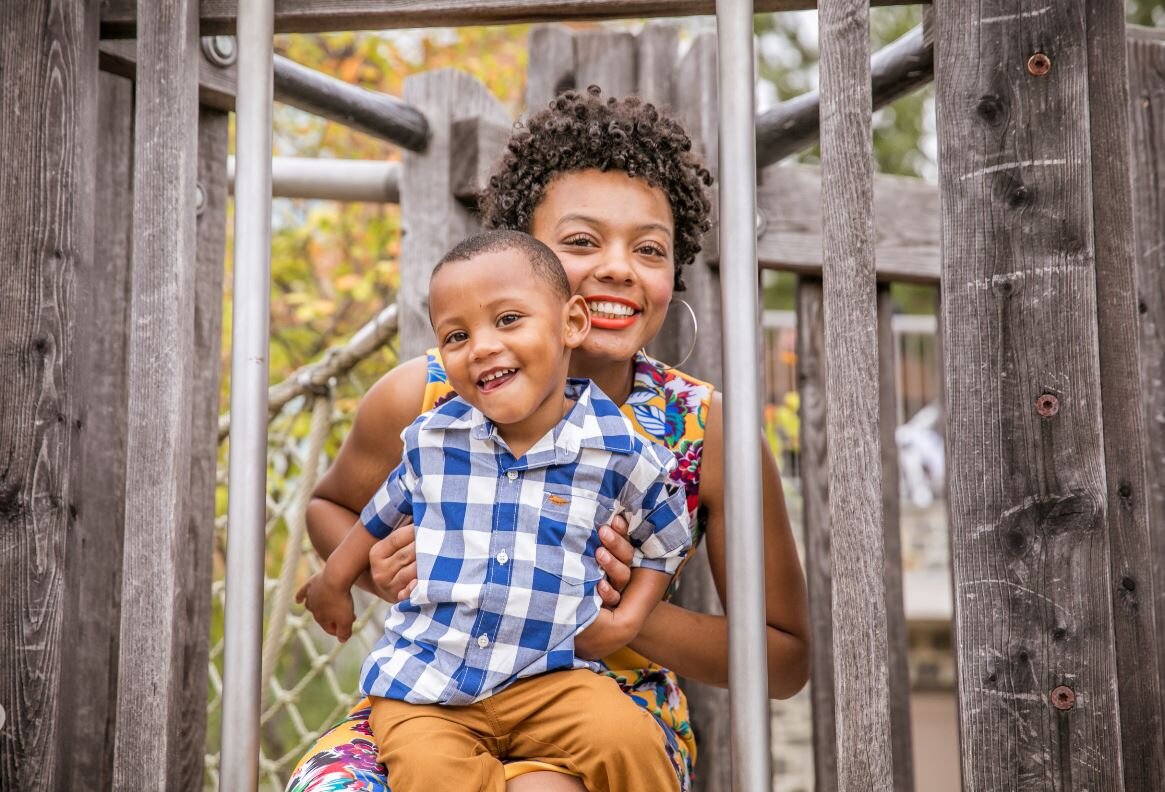
Our Impact By The Numbers
Generation Hope provides wraparound support to young parents in college and their little ones so whole families can build legacies of opportunity and employment through educational attainment.
The Big Picture
57%
of Generation Hope Scholars earn a degree within 6 years, close to the national average for all college students
89%
of our Scholar graduates are employed full time and/or enrolled in a graduate studies program within 6 months of graduating
100%
of children scored "on track" on the ASQ-2 Social Emotional developmental screening tool after two years in Next Generation Academy
142
We currently serve 142 teen parents in college through our Scholar Program
41
We serve 41 pre-school- and kindergarten-aged children through Next Generation Academy
$1.5m
Since our founding in 2010, we have provided over $1,500,000 in tuition assistance
Generation Hope’s Unique Impact
First year to second year persistence (overall):
74%
Generation Hope’s first year to second year persistence (overall) is 74%, on par with the national average (75%) for the cohort starting in fall 2020.
First year to second year persistence (two-year colleges):
72%
Generation Hope’s first year to second year persistence (two-year colleges) is 72%, 10% higher than the national average (62%) for the cohort starting in fall 2020.
Six-year graduation rate (starting as freshman at two-year colleges):
50%
Generation Hope’s six-year graduation rate for students starting as freshman at two-year colleges is 50%, 8% higher than the national average (42%). Generation Hope numbers indicate Scholars who started as freshman in our program.
Six-year graduation rate for Black students:
52%
Generation Hope’s six-year graduation rate for Black students is 52%, 8% higher than the national average (44%). Generation Hope numbers indicate all Black Scholars, not just those who started as freshman in our program.
Six-year graduation rate for Hispanic/Latinx students:
69%
Generation Hope’s six-year graduation rate for Hispanic/Latinx students is 69%, 18% higher than the national average (51%). Generation Hope numbers indicate all Hispanic/Latinx Scholars, not just those who started as freshman in our program.
Full time employment six months after graduation:
89%
89% of Generation Hope alumni are employed full-time or in grad school six months after graduation rate, 15% higher than the national average (74%). National data for 2019 graduates in the Mid-Atlantic region.
Learn more about the post-graduation impact of a college degree for young families.
By The Numbers
450
Generation Hope has worked with almost 450 teen parents in college
240
Generation Hope has celebrated 240 college degrees to date
100%
100% of Next Generation Academy participants would recommend the program to a friend
Who are our Scholars?
79%
are first-generation college students
13
Generation Hope is proud to serve 13 Dreamers
EFC=0
Nearly all are considered low-income, defined by the Expected Family Contribution (EFC) on their FAFSA equaling 0
Geographic Representation Within Our Scholar Classes
56%
of our Scholars live in Maryland
19%
of our Scholars live in Washington, DC
25%
25% of our Scholars live in Virginia
Racial Representation Within our Scholar Classes
Of the student parents in our Scholar classes, 37% are Black and 42% are Latinx.
Learn More and Get Involved
To learn more about the two-generation impact of a college degree on young families, check out our Research and Reports.
To learn how you can get involved with our work and become a part of this life-changing impact, check out our Ways to Get Involved.















